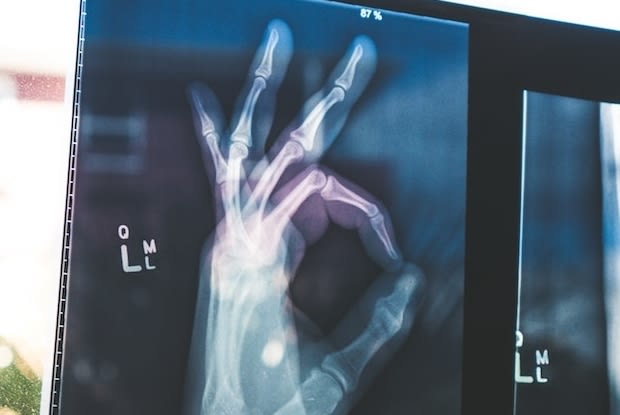Table of Contents
II. Long-term Arthritis Complications
III. How to Prevent Complications
What are the Best Treatments for Arthritis?
In the United States, more than 50 million adults and 300,000 children have arthritis. But arthritis is not a single disease; it is an umbrella term used to describe several joint-related conditions. Osteoarthritis, rheumatoid arthritis, and psoriatic arthritis are some of the most common types. [1]
Arthritis is often associated with older people, but people of any age, sex, and race can develop arthritis. Because of its prevalence, arthritis is the leading cause of disability in the U.S. However, there is a reason arthritis is associated with older people; this condition often worsens with time and can lead to serious health complications. [1]
General symptoms of arthritis include swelling, stiffness, pain, and a limited range of motion in the joints. These symptoms can make everyday activities challenging, like walking up a flight of stairs. If you are diagnosed with arthritis, your treatment plan will address the specific arthritis type that affects you. Commonly prescribed medications for arthritis include Voltaren Emulgel, Mobic (meloxicam), Celebrex (celecoxib), and Medrol (methylprednisone). These drugs can reduce pain by reducing inflammation. [2]
Osteoarthritis (OA) refers to cartilage wear and tear that can result in exposed nerve endings and bone pain. OA is the most common type of arthritis. It can occur following an injury and usually worsens with age. If you have OA, you will likely experience tender joints, loss of flexibility, and bone spurs. If left untreated, OA can lead to complications that significantly reduce your quality of life. The chronic pain from OA can make you twice as likely to sustain an injury from a fall. In the long run, this risk of pain and injury can cause a person to lead an inactive life. OA pain can impede even basic exercises like walking. Being inactive can cause weight gain. Conversely, weight gain can worsen OA symptoms, starting a negative cycle. Weight gain can also increase the risk of diabetes, high blood pressure, and heart disease. Like OA, Rheumatoid arthritis (RA) can cause fairly severe joint symptoms. However, RA can affect more than your joints and cause damage to the eyes, lungs, and blood vessels. RA is more than wear and tear. If you have RA, joint swelling and inflammation will likely be the result of damage to your joint linings. Severe RA can affect many non-joint body parts, including: Statistically, RA affects more women than men and typically begins in middle age. Obesity and smoking can increase RA development. Rheumatoid arthritis can be difficult to treat, and it can lead to several debilitating conditions down the road. Below are some common RA complications: Psoriatic arthritis is a long-term condition that can affect you if you have a skin condition known as psoriasis. Symptoms of psoriatic arthritis usually include stiffened joints or pain from excessive swelling. It is very important to diagnose and treat this condition early. Untreated psoriatic arthritis can permanently deform joints and require. [3] If you have psoriatic arthritis, you may develop pinkeye (conjunctivitis) in the future. Pinkeye can cause reddened eyes and blurred vision. Another major long-term complication of psoriatic arthritis is the development of arthritis mutilans. This is a severe variation of psoriatic arthritis where the mutilans destroy the small bones in the hands and fingers. This can cause permanent disability. These arthritis types can all lead to health complications down the line, so it is important to get treatment as soon as possible. With the help of anti-inflammatories and corticosteroids like Voltaren Emulgel, Mobic (meloxicam), Celebrex (celecoxib), and Medrol (methylprednisone), you can better manage your arthritis condition and prevent the risk of exacerbations later on. If you are concerned with your condition, talk to your doctor today to determine the best treatment plan for you. The content provided in this article is based on thorough research and in some cases, reviewed by a medical professional. Our goal for the information is to provide helpful, general health informational. It is not intended as a substitute for professional medical advice.
Long-term Arthritis Complications
a. Osteoarthritis
b. Rheumatoid arthritis

c. Psoriatic arthritis

How to Prevent Complications of Arthritis
